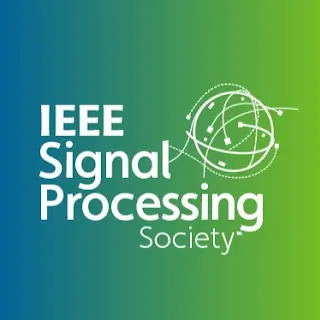Widely Linear Complex-Valued Diffusion Subband Adaptive Filter Algorithm
The adaptive algorithms applied to distributed networks are usually real-valued diffusion subband adaptive filter algorithms. However, it cannot be used for processing the complex-valued signals. In this paper, a novel augmented complex-valued diffusion normalized subband adaptive filter (D-ACNSAF) algorithm is proposed for distributed estimation over networks. In order to deal with the noncircular complex-valued signals, the D-ACNSAF algorithm uses the widely linear model for a diffusion network.
